
- News
- Andanças
- Andanças 2018
- Concept
- Organization
- Useful information
- Program
- Participate
- Tickets
- Sustainability
- Gallery
- Contact

In 2017, Andanças became closer to the local community and in 2018, “Roda Viva” (Living Circle) returns to the streets of Castelo de Vide. We invite you to the discover this beautiful village and its surroundings, and here you can find some of our suggestions.
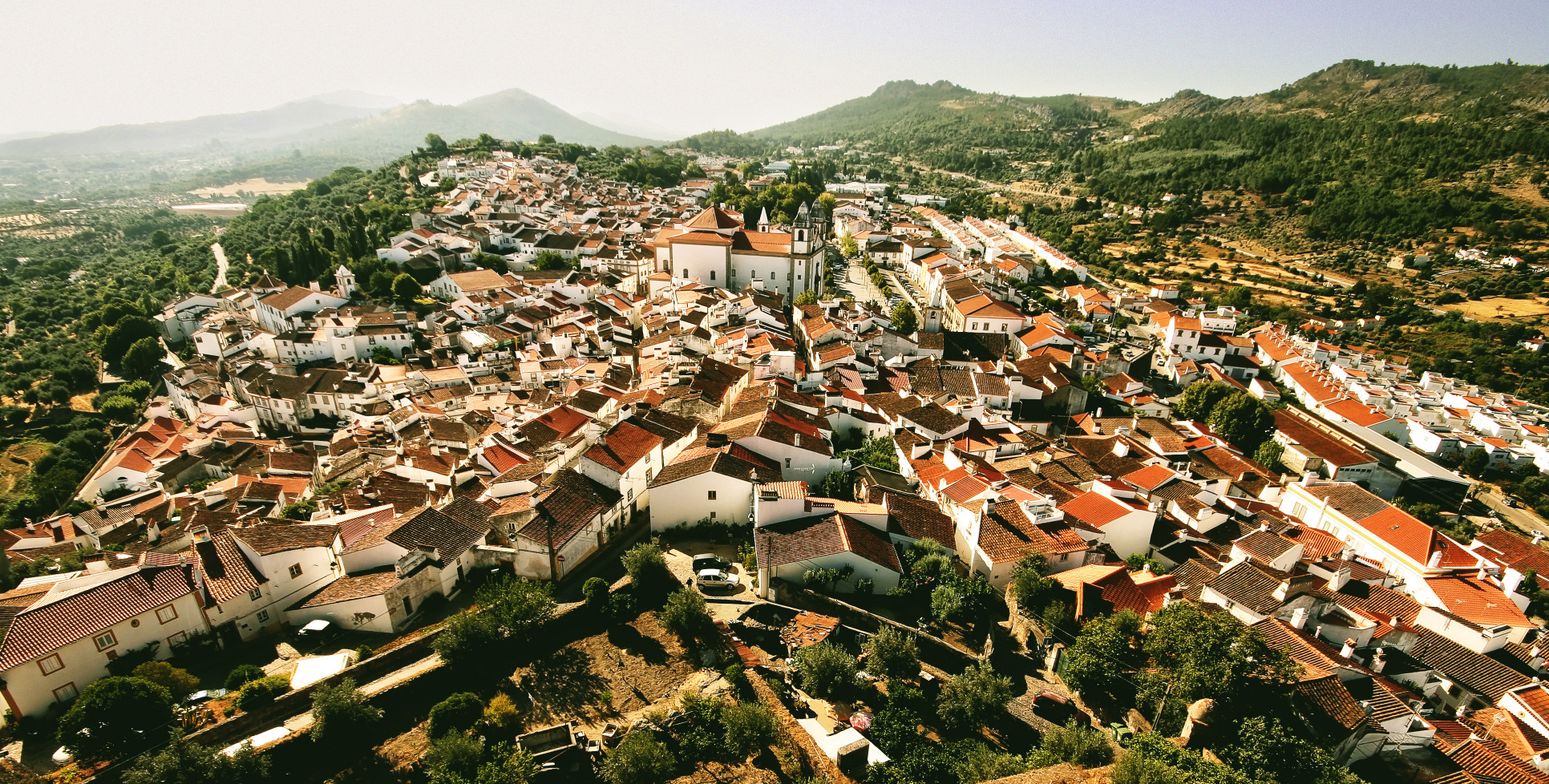
The historic and idyllic village of Castelo de Vide is located in the north slope of the Serra de S. Mamede, at 540 to 600 m altitude above sea level. Castelo de Vide grew in the 13th century along a ridge, where the castle is located, and the neighboring southern slope. This area is now called "Canto da Aldeia" (corner, or edge, of the village). It is a unique and very characteristic urban complex of high architectural, historic and cultural value. The military and religious architecture are well worth discovering. There is the castle (13th to 16th century) and medieval village, the 17th century city walls, and S. Roque fortress (17th to 18th century). The main festival grounds of Andanças 2018 are located in its vicinity. There also is an unusual number of religious buildings. Except for the synagogue (14th century), all churches and chapels are catholic. Special attractions are the Igreja Matriz de Santa Maria da Devesa (18th to 19th century), located in the centre of the village at Praça D. Pedro V, and the Igreja de Nª Sra. da Alegria (17th century). From anywhere in the village you can see the Ermida de Nossa Senhora da Penha (16th century) up high. Don't miss the opportunity to visit the Ermida, to enjoy the best view of Castelo de Vide and a great sunset over the Alentejo plateau. We suggest a walk to the old Jewish quarter with its steep streets full of flowers around the synagogue. The synagogue was recently converted into a museum, where you can learn about the Jewish heritage, which still influences us today. We also challenge you to discover all ogival doorways (14th to 16th century) of the second largest collection of this kind of pointed Gothic arches in the world, which are located around the castle. Other sites of cultural importance are the Interpretation Centre for Megalithism, the Museum-Workshop of Traditional Blacksmiths of Mestre Carolino, the Agricultural Museum of Póvoa e Meadas and the Municipal Library, where you can get information on current cultural activities, and to read publications of interest.
Castelo de Vide is a village of fountains. In the heat you can refresh yourself drinking water from one of the many fountains. One of the freshest fountains is located near Olival da Mealhada (camping area of Andanças), the Fonte da Mealhada, where you can fill up your mug or even dip your feet in cool water. The Fonte da Vila is one of the highlights of the area, for its artistic value as well as for the square where it is located (Largo Dr. Frederico Laranjo). Also stop by the Fonte do Ourives, at the centre of Largo Capitão Fernando Salgueiro Maia and refill your cup. We challenge you to discover all of the numerous fountains in the village, there are many more to find. And if the heat gets too much, try a refreshing swim in the municipal swimming pool of Castelo de Vide, only 5 minutes away from the main Andanças festival grounds.
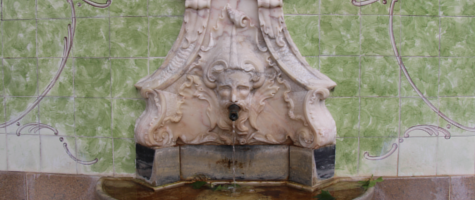
Under the hot summer sun, our "Roda Viva" village also offers green and refreshing places, where you can slow down and relax. There are many gardens, where you can put up your hammocks between trees and have a nap, listen to the jam session around the corner or read a book. The Jardim João José da Luz, better known as Jardim Grande, will again host the Craft's Market of Andanças. It also offers some areas with cool shade where you might find your favorite spot to spend the afternoons at Andanças. The Jardim Garcia da Orta, below the main festival grounds of Andanças, is a great place to extend your time in the shade. At the end of the afternoon go to the Parque 25 de Abril to enjoy the view in the shade of olive trees.
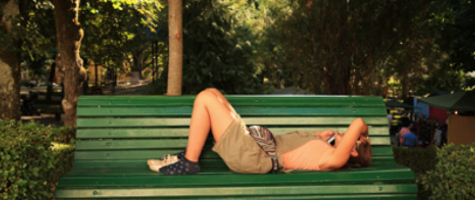
Marvão The view from the stage Palco Horizonte invites you to a trip into the surroundings of Castelo de Vide. Marvão is a village located 12 km from here. It is one of the most impressive villages in the region due to its location on top of Serra do Sapoio at an altitude of 860 metres. From Marvão the ancient Roman city of Ammaia is only 6 km away. One of the most important traces of the Roman civilisation in northern Alentejo - it is worth a visit . On the walk to Marvão we suggest a refreshing stop at the natural pool of Portagem, a picturesque rural village in the parish of São Salvador da Aramenha. The pool is linked to the river Sever.
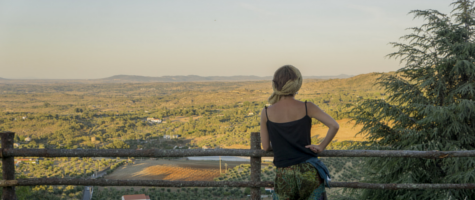
Portalegre Portalegre, capital of the district, is only 20 km from Castelo de Vide. It's worth to visit its cathedral, municipal museum, the Casa Museu José Régio, the Museum of Tapestry, and of course the castle, among others. Póvoa e Meadas The village of Póvoa e Meadas is 12 km northwest of Castelo de Vide and has traces of human settlement since ancient times. Archaeological discoveries proof the use of the village from practically all eras since Palaeolithic until today. Some important heritage sites are the old municipal tower, a number of churches and chapels, numerous fountains, the Sobreiro and the Anta do Pai Anes and other archaeological sites, for example the Menir da Meada, which is the biggest on the Iberian Peninsula. Once you're there, don't miss a swim in the dammed lake Barragem de Póvoa e Meadas, well known to regular attendants of Andanças. This area is also an area particularly suited to observe species in water, air, and on land, some of which are endangered (like the otter and black stork).
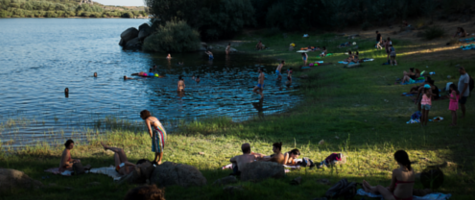
Nisa Once you are at the dammed lake it is only 12 more kilometers to Nisa, which is also of ancient origin. In Nisa you can find vast cultural heritage, like the remains of the castle from the 13th century, the two of originally six city gates that are still there (Porta da Vila and Porta de Montalvão), the Igreja Matriz from the 15th century, the Igreja da Misericórdia from the 16th century (with an interesting museum for sacral arts), the Capela do Calvário from the 17th century, the Capela de Nossa Senhora dos Prazeres from the 16th century, or the interesting Anta de S. Gens, which is part of a complex of four megalithic monuments. Up above, in about 3 km distance, you can see Ermida de Nossa Senhora da Graça, with a view point offering breathtaking views over the Alentejo plateau. And you shouldn't miss trying the typical sheep cheese. If you want to venture further on the historical trail, you can also visit the beautiful villages of Crato and Alter do Chão, at 27km and 46km from Castelo de Vide, respectively. Here you can find more information.